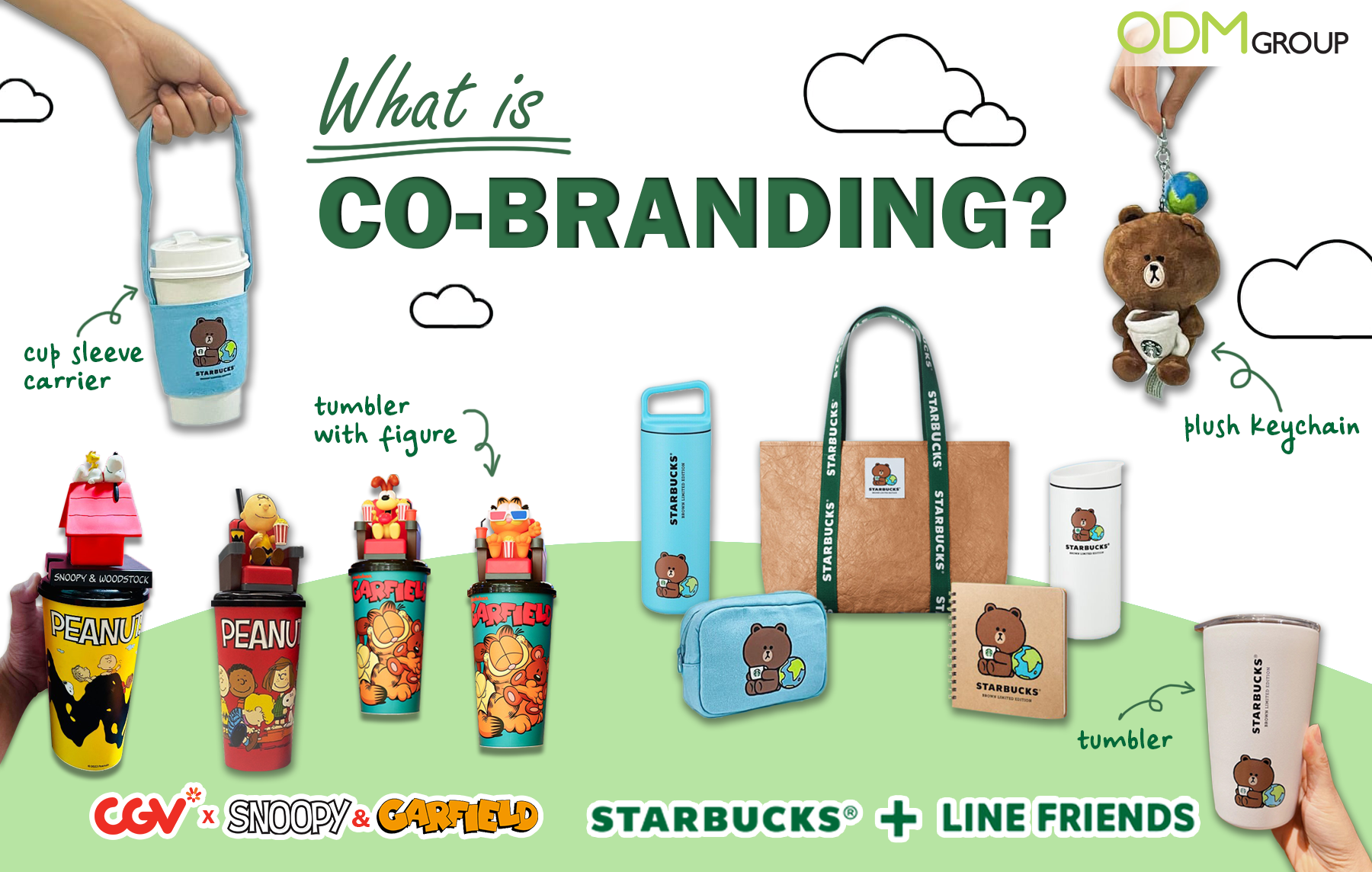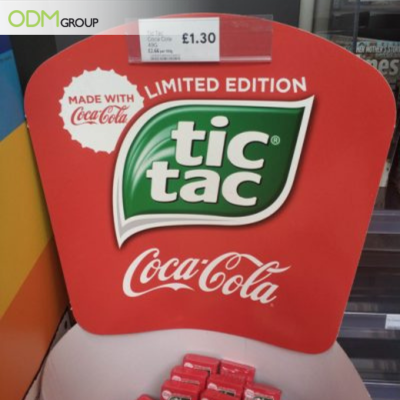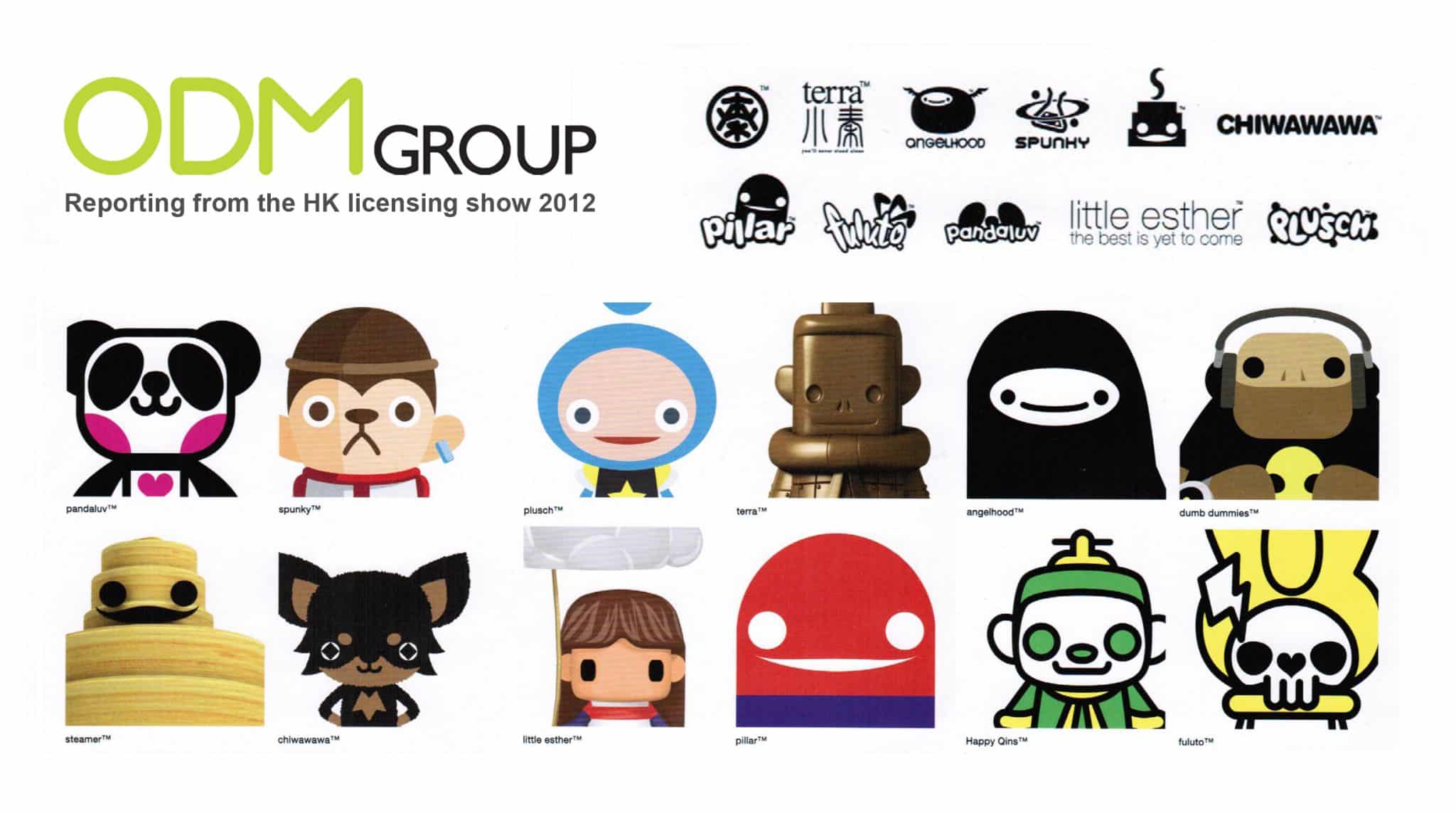In this saturated market, tapping with other influential businesses presents opportunities for fellow brands to expand their visibility and reach a broader customer base. This is what we call a co-branding strategy.
This blog aims to explore the concept of co-branding in-depth, highlighting its benefits and explaining why brands should consider adopting this strategy. We will also showcase successful co-branding examples across industries, providing insights into how co-branding works and how it can positively impact a brand’s growth trajectory.

What is a Co-Branding Strategy?
Co-branding is the strategy that strives to capture the synergism of combining two well-known brands into a third, unique branded product (Rao and Ruekert, 1994). This collaboration allows brands to leverage each other’s strengths, resources, and customer base, resulting in a mutually beneficial relationship.
It takes various forms, from joint product development and co-branded packaging to cross-promotional campaigns and licensing agreements. The key aspect of co-branding is aligning values and target audiences between the participating brands, ensuring a cohesive partnership that resonates with consumers.
Successful co-branding campaigns are not limited to a specific industry. They can be found across sectors such as fashion, entertainment, food and beverage, technology, and more.
Furthermore, co-branding offers several advantages to brands. By joining forces and sharing resources, brands can unlock new market opportunities and expand brand exposure.
The Benefits of Co-Branding
Co-branding offers a wide range of benefits for brands willing to embrace this collaborative marketing strategy. By teaming up with complementary partners, brands can unlock numerous advantages that can positively impact their growth and success.
1. Increased brand exposure and visibility.
Co-branding provides an excellent opportunity for brands to expand their reach and gain exposure to new audiences. By partnering with a well-established brand, a brand can tap into its partner’s customer base and benefit from its existing brand equity and reputation.
2. Enhanced market credibility and reputation.
Collaborating with a trusted and respected brand can significantly boost a brand’s credibility and reputation. When two reputable brands join forces, consumers perceive the product or service to be of higher quality and reliability, building customer trust and loyalty.
3. Wider customer reach and increased customer base.
Co-branding allows brands to access new customer segments and demographic profiles. By targeting a partner brand’s audience, brands can expand their customer base and attract new customers without exposure to their products or services.
4. Shared resources and cost savings.
Co-branding enables brands to pool their resources, including marketing budgets, research and development capabilities, distribution networks, and expertise.
This collaboration results in cost savings and increased operational efficiency, allowing brands to achieve their marketing goals more effectively.
5. Leveraging complementary strengths for mutual growth.
These partnerships often involve brands with complementary strengths, skills, or expertise. By combining these unique capabilities, brands can create products or experiences that are more innovative, valuable, and appealing to consumers.
This synergy leads to mutual growth for both participating brands.
6. Long-term relationship building.
Collaborative efforts in co-branding foster enduring relationships between partnering brands. Beyond the initial product launch, successful co-branding initiatives often pave the way for long-term collaborations, strategic alliances, and continued mutual support.
These enduring relationships offer opportunities for sustained growth, future joint ventures, and creating a legacy of successful partnerships that resonate positively with consumers.
Examining these notable collaborations offers insights into the strategic alliances that propelled brands to new heights of success.
Starbucks x Line Friends
Starbucks and LINE invested in our planet through a co-branding strategy.
The brands produced this co-branded merchandise line specifically made for the Earth Day celebration in 2022.
It ranges from reusable drinkware to lifestyle accessories for everyday life.

Starbucks aims to provide branded merchandise that is practical and environmentally friendly. Meanwhile, LINE aims for practical and adorable products. Together, helping accomplish each brand’s mission.
Tic Tac x Coca-Cola
Coca-Cola has been consistent in providing customers with the overall quality of products through the years.
Meanwhile, Tic Tac has been committed to producing iconic mint flavors that are fresh-breath rescuers.
Both products were combined perfectly in this limited-edition mint candy!
The collaboration of the two popular brands obviously brings a refreshing look and taste to the market.

The ultimate refreshing taste of Coca-cola combined with the iconic taste of TicTac mint is being conveyed impressively with this in-store FSDU that we have spotted in the supermarket.
McDonald’s x Coca-Cola
To bring colours to the season, McDonald’s Philippines, in partnership with Coca-Cola, has launched a dazzling aluminum cup collection just in time for the holiday festivities!
Within easy reach, these custom reusable cups are available in McDonald’s stores nationwide and are currently taking customers by storm.
Branded with Coca-Cola’s iconic logo, this purchase with purchase offer is unmissable and certainly buzzworthy.

Practical Tips for Implementing Co-Branding Strategies
Successful co-branding strategies require meticulous planning, strategic alignment, and effective collaboration between partner brands. Implementing co-branding initiatives involves navigating complexities while ensuring mutual benefit and seamless integration.
Here are practical tips to guide brands in effectively implementing co-branding strategies:
1. Identify compatible brands and objectives.
Select partners whose values align with yours and whose audience base complements your own. Identify brands with strengths that complement rather than duplicate your own, enhancing the value proposition for consumers.
2. Create a mutually beneficial value proposition.
Develop a clear understanding of what each brand brings to the table and how the partnership will benefit both parties. In addition, establish common objectives and outline measurable goals to track the success of the collaboration.
3. Clear communication and brand alignment.
Ensure consistent and aligned messaging across all touchpoints to maintain brand coherence. Foster open communication channels between collaborating teams to mitigate misunderstandings and conflicts.
4. Establish legal agreements and responsibilities.
Draft a comprehensive agreement outlining roles, responsibilities, intellectual property rights, and exit strategies. Clearly define each brand’s role, contribution, and expected outcomes to avoid discrepancies.
5. Leverage marketing channels and collaborative campaigns.
Develop joint marketing campaigns that leverage each brand’s strengths and marketing channels for maximum impact. Utilise both brands’ platforms to cross-promote the co-branded product or service, maximizing exposure.
6. Continuous evaluation and adaptation.
Regularly assess the performance of the co-branded initiative against predefined metrics to track success. Remain flexible and adaptable to changes, adjusting strategies based on consumer feedback and market dynamics.
Challenges and Risks in Co-Branding
While co-branding presents many opportunities, it also has inherent challenges and risks that necessitate careful consideration and strategic management.
Understanding and addressing these potential pitfalls are crucial for brands embarking on collaborative ventures to mitigate adverse outcomes. Here are some of the prominent challenges and risks associated with co-branding:
Incompatibility in brand values, image, or target demographics may confuse consumers and dilute brand equity. Likewise, misaligned objectives between partner brands can hinder progress and impede the realization of mutual benefits.
Negative actions or controversies associated with one brand can tarnish the reputation of the other, leading to consumer backlash. Discrepancies in product quality or service standards may reflect poorly on both collaborating brands.
Disputes over ownership or usage rights of intellectual property, trademarks, or proprietary technologies can lead to legal complications. Ambiguous or incomplete contractual agreements may result in misunderstandings, disputes, or breaches of contract.
Imbalances in financial or resource contributions from each brand may lead to perceptions of unfairness or dissatisfaction. Overreliance on one partner for critical resources or expertise can create vulnerabilities if the relationship sours.
How Other Brands Used Co-branding Strategy?
McDonald’s GWP – Olympic Coke Glass
As the London 2012 Olympic Games is approaching, McDonald’s is introducing a gift with purchase promotion in Hong Kong. For every up-sized […]

Licensed Product – Characters from Tobyhk Workshop
Are you familiar with these characters designed by Toby Yueng? The Hong Kong brand, tobyhk, had collaboration events with famous […]

Promotional Gifts Case Study: Hello Kitty
Promotional bags are used habitually with all types of brands due to the all-encompassing nature of the product. Although, this […]

Star Wars Promotional Merchandise From Sunings
In keeping with the ever growing hype for the imminent release of the new Star Wars, Sunings Hong Kong are […]

Petron Teams Up With Avengers For A Custom Travel Mug
Avengers End Game is one of the most awaited films to ever grace the silver screen. Therefore, brands would love […]

Putting It All Together
Co-branding offers brands a powerful strategy to differentiate themselves, expand their reach, and create innovative offerings. By partnering with compatible brands, brands can tap into new markets, enhance their credibility, and share costs and resources. Co-branding also generates buzz, increases brand exposure, and promotes long-term value.
However, to unlock the full potential of co-branding, brands must carefully select partners, foster open communication, and align their efforts towards a common goal. Co-branding can be a powerful tool for brands to forge ahead and establish a strong market presence when implemented strategically and managed effectively.
How ODM Can Help?
ODM is a company specialising in the customisation of promotional merchandise. Our team of creatives, Mindsparksz, ensures your business will get the marketing merchandise you need.
Our decades of working in the industry had us working on POS display units, gift with purchase, corporate gifts and event giveaways. Working with us means you get to harness these experiences to your bespoke marketing needs.
We would love to work with you! Contact us today!
Co-Branding Strategy FAQs
All you need to know about co-branding strategy!
What is the primary advantage of co-branding for businesses?
Co-branding offers businesses a unique opportunity to leverage the strengths of two or more brands, leading to amplified brand exposure, access to new markets, enhanced product quality, and shared resources. It allows for the creation of innovative offerings that resonate deeply with consumers, fostering increased credibility and market competitiveness.
How do brands ensure successful collaboration in co-branding initiatives?
Successful collaboration in co-branding requires meticulous planning, clear communication, and shared objectives. Identifying compatible brands with aligned values, setting mutual goals, establishing transparent communication channels, defining responsibilities, and continuous evaluation are pivotal for successful partnerships. Consistent monitoring and adaptation are essential to navigate challenges and maintain a harmonious relationship.
What are the risks associated with co-branding, and how can they be mitigated?
Some risks in co-branding include brand misalignment, reputational damage, legal issues, and resource imbalances. To mitigate these risks, brands should conduct thorough due diligence before partnering, ensure aligned brand values and objectives, develop comprehensive legal agreements, maintain quality control standards, and address any imbalances in resources or contributions. Proactive risk management and adaptability are key to navigating potential challenges.











